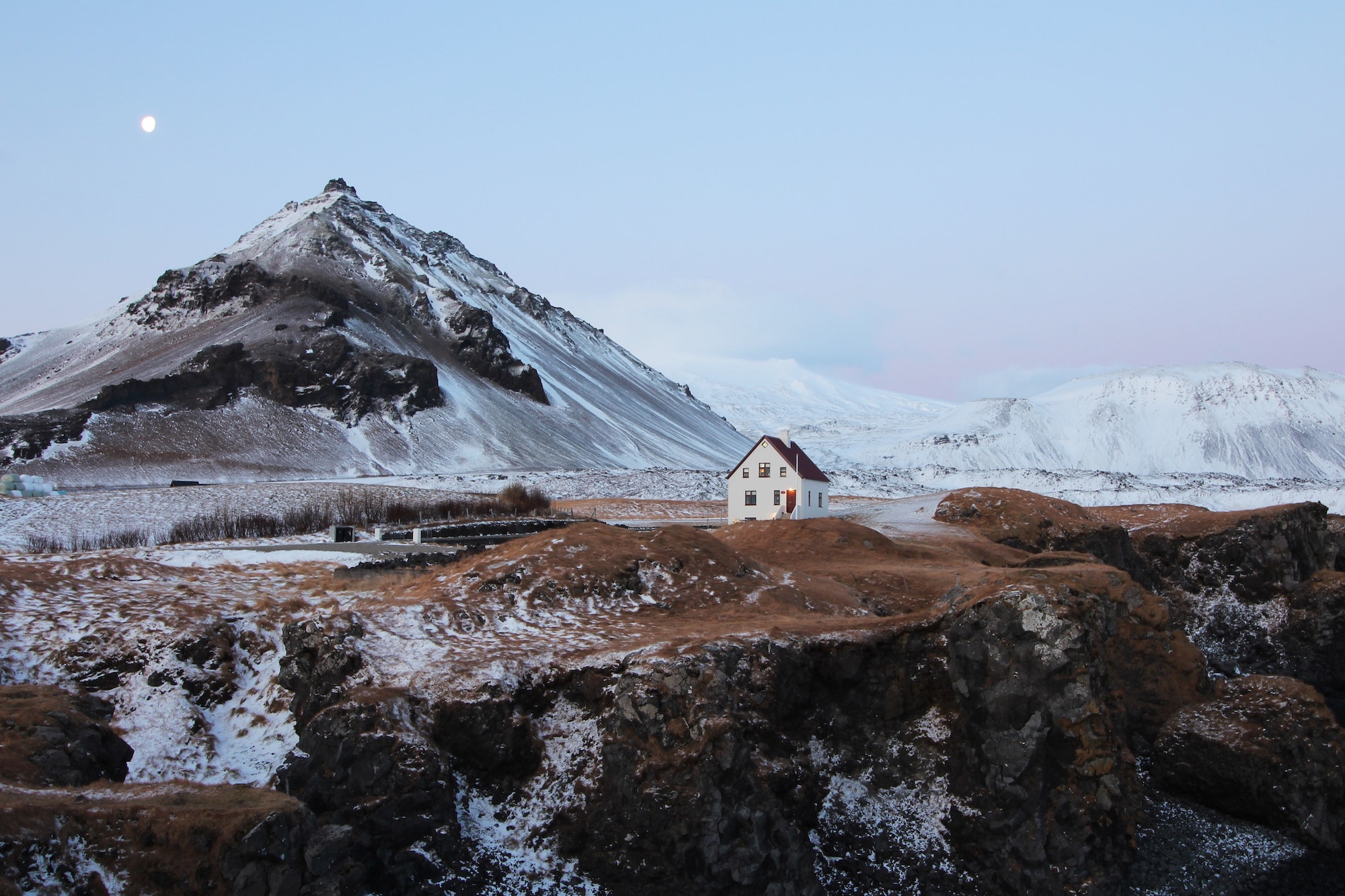About tourists in Iceland
Tourists choose to come to Iceland to visit the country’s unique and diverse nature, including breath taking landscapes and natural phenomena such as the northern lights, waterfalls and glaciers.





What do most tourists do while in Iceland ?
Tourists generally choose to visit Iceland in summer.
During summer (June – August) travellers enjoy the mild climate and the bright summer nights, whereas in the fall and winter people benefit from having fewer tourists and the chance to see the northern lights. Yet year round tourism has steadily increased with more winter guests each year.
Tourists stay an average 7 nights in Iceland.
Tourists tend to stay longer in summer months and average of 8-9 nights in particular in July and August. From November to February that number drops to an average of 5 – 6 nights.
Tourists prefer to stay indoors
Tourists usually reserve rooms in hotels / guesthouses, apartment hotels and hostels. In the summer campsites and camper vans are also popular. For information on what and where various accommodations are available, click here.
The Capital and South Regions are popular tourist destinations.
80% of tourists stay predominately in the Capital region and around 55% in the South of Iceland. The capital region is located in close proximity to Keflavik International Airport, where the majority of tourists arrive in addition to offering a wide variety of activities and accommodations.
Tourists prefer to travel with rental car services.
Rental cars are the most utilized mode of transportation as many tourists travel independently. It is important to ensure that tourists are well informed about safety, traffic regulations, and road conditions in Iceland (see Safety).
Tourists primarily come to enjoy the outdoors and natural wonders.
Tourists flock to Iceland to visit natural baths, glaciers and partake sightseeing tours and guided hikes. Year round Iceland offers a wide range of activities including horseback riding, whale watching or a day at the swimming pool. Museums and cultural events are also increasingly popular. Click here to explore what activities are available and where.
Tourist arrivals
Tourist arrivals increased significantly in 2011 following the financial crisis and the volcanic eruption of Eyjafjallajökull, creating a new and important economic sector in Iceland. Tourist arrivals peaked at over 2 million for the first time in 2017.
In 2023-24 after Covid-19 recovery tourist arrivals have averaged annually between 1.5 – 1.7 million, meaning tourism has become a sustainable income sector for Iceland’s economy.
The majority of tourists arrive via Keflavik, International Airport. There have been an increasing number of international flights arriving in Akureyri Airport, in the north of Iceland. For more information about foreign visitors check here.
Tourists arriving via cruise ships are counted separately, see here.
Nationality
Tourists come from all over the world, with the majority come from North America, Central and Southern Europe, Great Britain, Eastern Europe and China.
